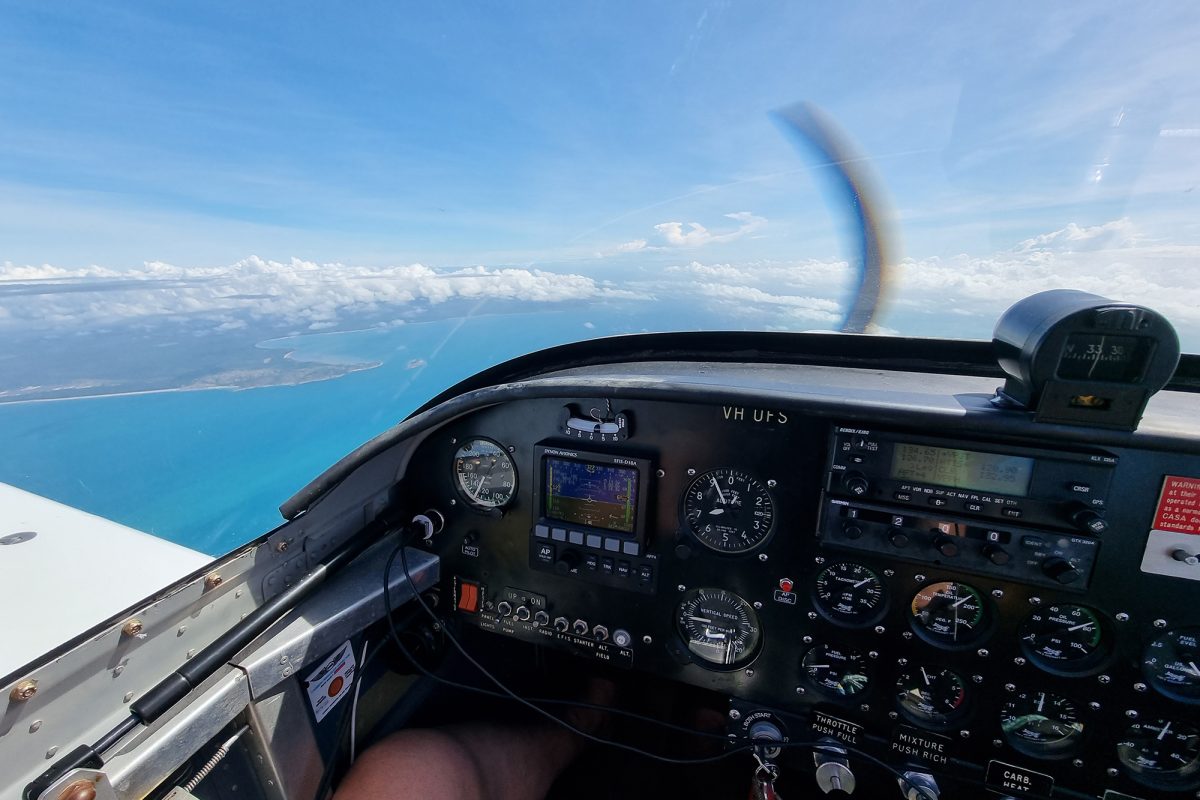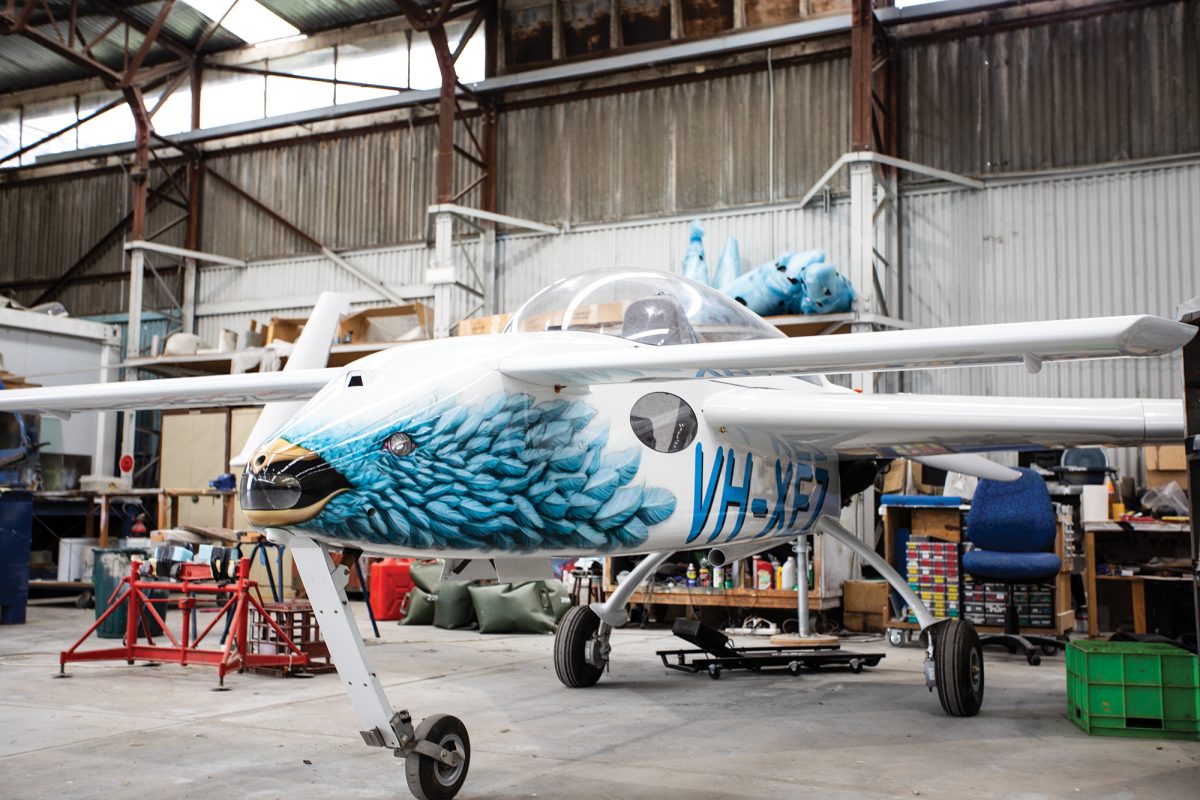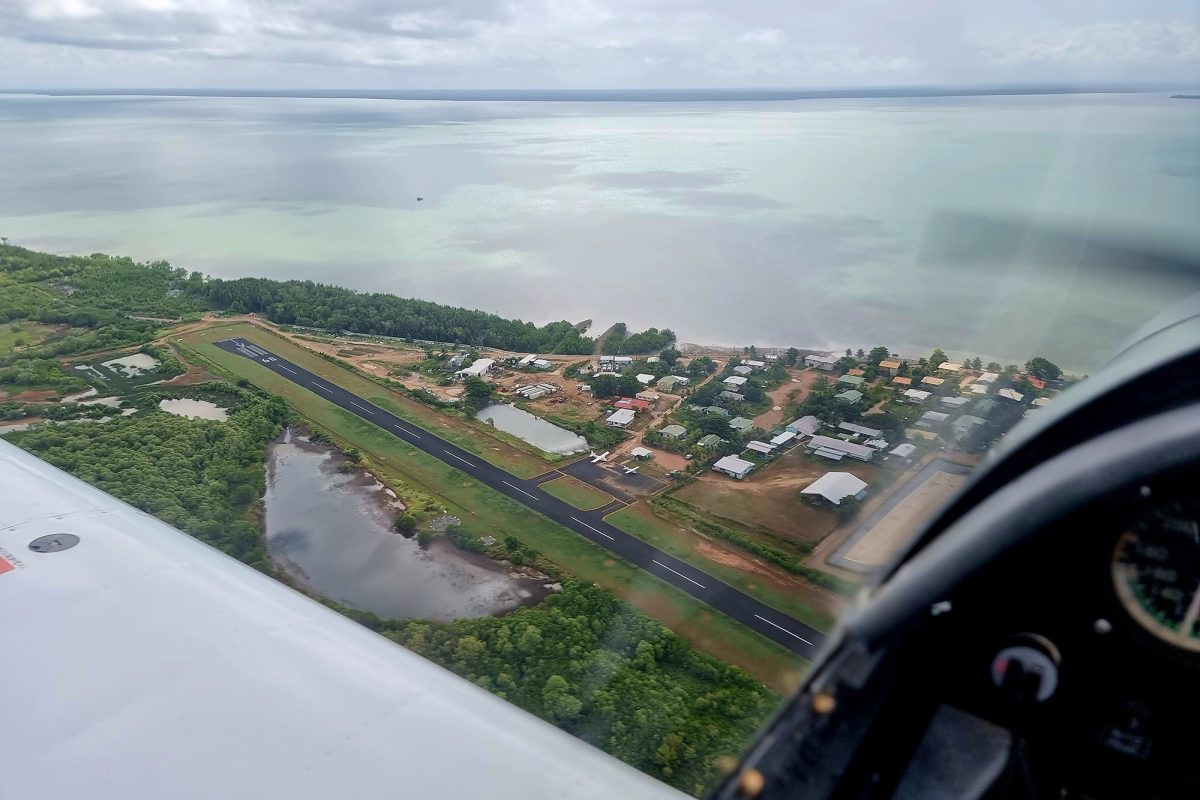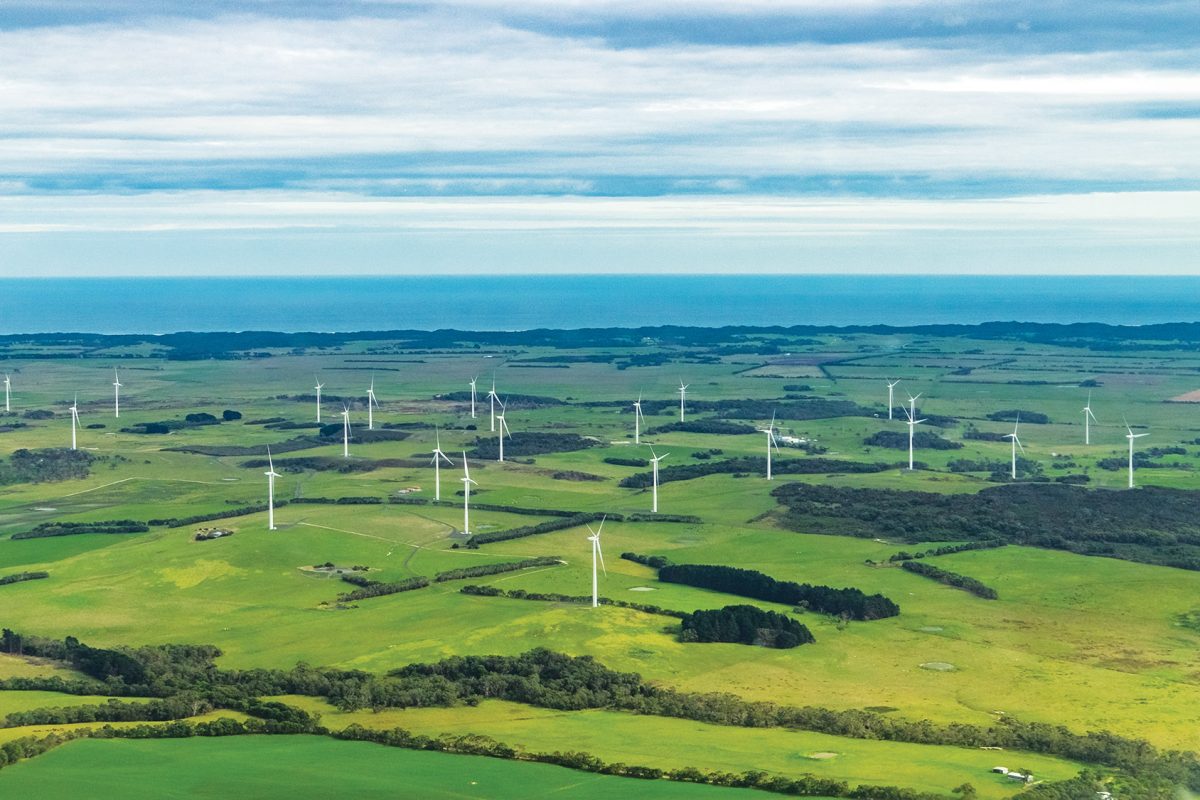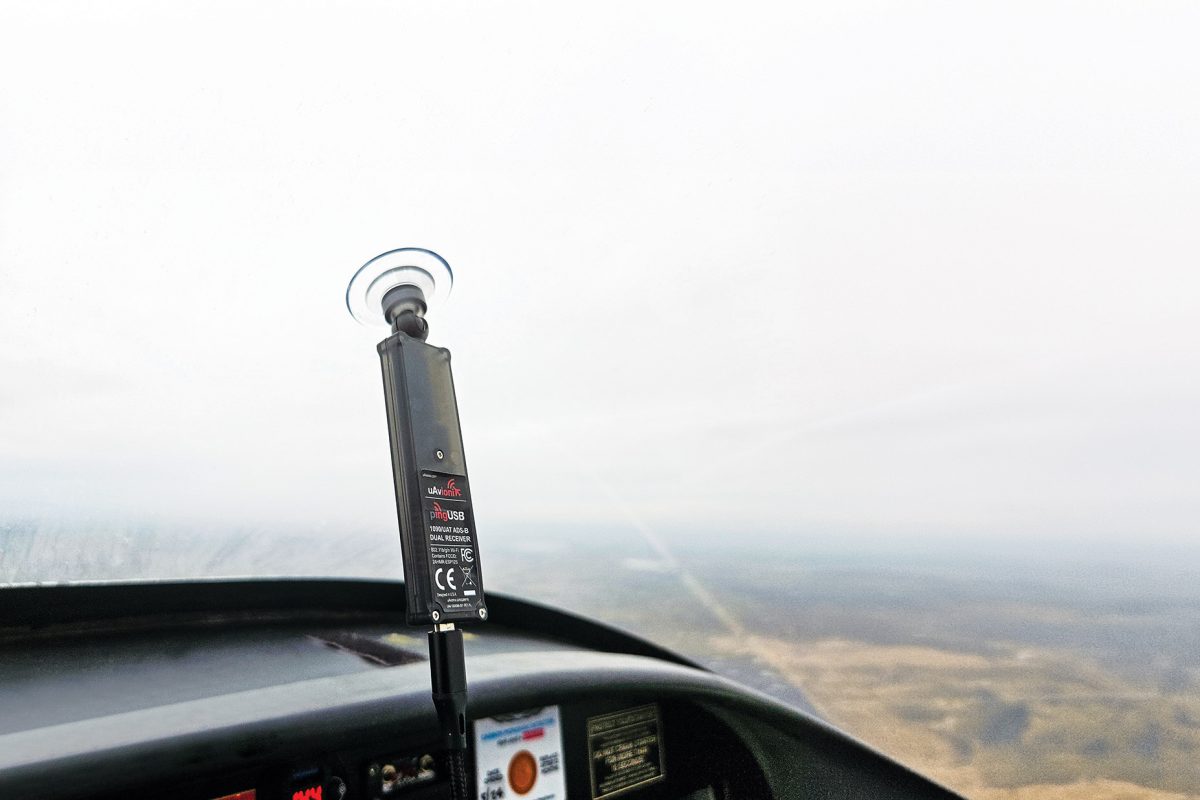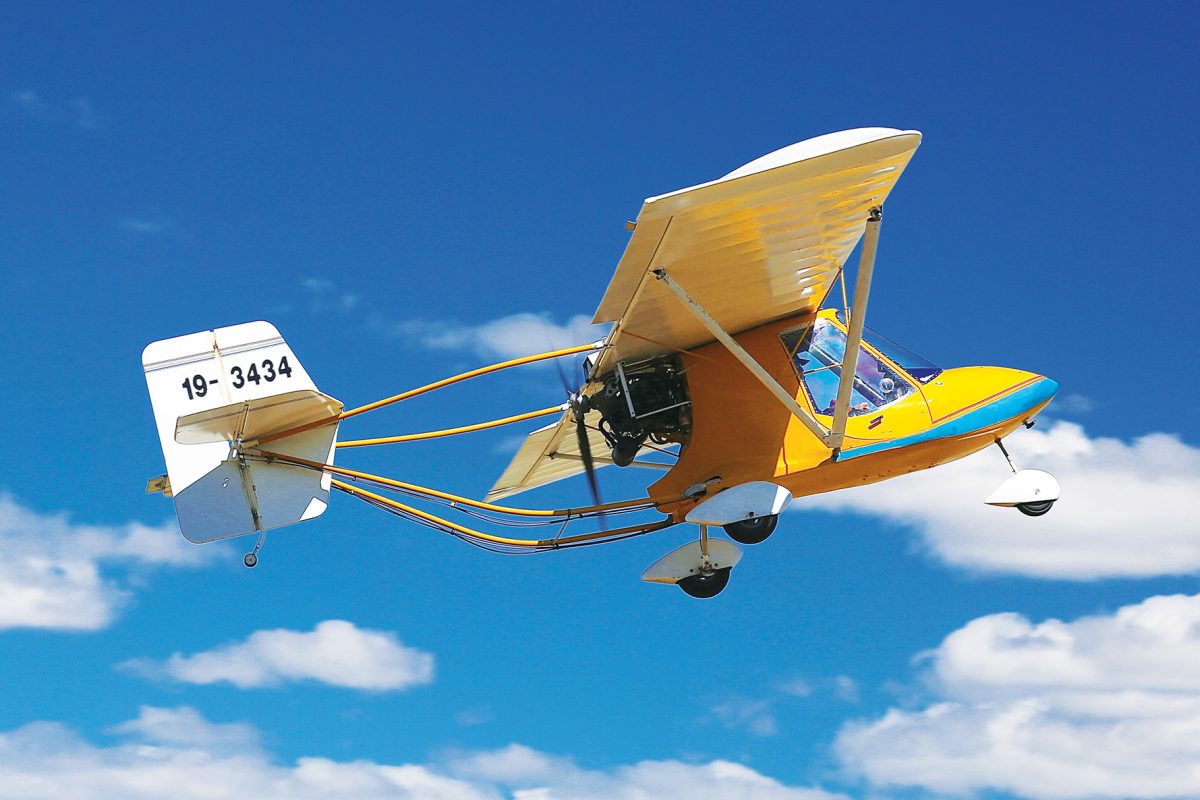Simply put; no.
RAAus registers two streams of aircraft: amateur-built and manufactured. Manufactured types may be either Type Certified or Light Sport Aircraft (LSA). There is often confusion around this distinction, so let’s discuss what a light sport aircraft actually is.
In 2006, CASA introduced an aircraft category called Light Sport Aircraft, the result of other National Airworthiness Authorities (NAA) adopting similar rules to address advances in recreational aviation technology. LSA allows the manufacture of safe and economical aircraft, operated for the purpose of sport and recreation, flight training and glider towing.
What is a Light Sport Aircraft?
LSA does not replace any existing aircraft category. An LSA can be a ready-to-fly production aircraft or a kit-built aircraft of the same make and model. According to the regulations:
A Light Sport Aircraft is an aircraft, other than a helicopter, that has:
- An MTOW of 600kg (or 650kg for an aircraft configured for operation on water)
- A maximum stall speed in the landing configuration (VS0) of 45kn CAS
- Maximum two-person, including the pilot
- Fixed landing gear
- A single, non-turbine engine fitted with a propeller
- A non-pressurised cabin
- A variable pitch, constant speed, fixed pitch or ground adjustable propeller
- If the aircraft is a glider, a maximum neverexceed speed (VNE) of 135kn CAS
These criteria may be satisfied by 3-axis aeroplanes, powered parachutes, weight-shift aircraft (trikes), gliders, balloons, airships and gyroplanes. An LSA may operate under either a sport and recreational aviation organisation such as RAAus, or under CASA.
Manufacturer Responsibilities
Manufacturers are responsible for certifying each of their aircraft in-line with LSA standards by signing a Statement of Compliance. If the aircraft is manufactured overseas, they also need to provide evidence the aircraft is manufactured in an ICAO Contracting State, and is eligible for a Certificate of Airworthiness – or a similar document – in the country of manufacture.
Manufacturers are also required to continually monitor the airworthiness of their aircraft in accordance with the LSA Continued Operational Safety Monitoring standard. This requires the manufacturer to manage a database of all aircraft owners in Australia and overseas, investigate service defects and address safety critical defects with corrective action. The manufacturer is also responsible for approving modifications to production aircraft, even if the modification has been approved by a Sub-Part 21M aeronautical engineer.
What Happens if the Manufacturer No Longer Exists?
If a manufacturer ceases to exist or can no longer provide airworthiness support, CASA can appoint a competent person to carry out continuing airworthiness requirements. If there are no suitable applicants, the existing production LSA can no longer operate under a Special Certificate of Airworthiness. In such situations, aircraft can operate under an Experimental Certificate for LSA.
Before the Certificate of Airworthiness or Experimental Certificate is issued, the authorised person must verify the manufacturer’s Statement of Compliance satisfies LSA requirements, and that the owner has available the Operating Instructions, Flight Training Supplement, and Maintenance and Inspection Manuals.
Types of Airworthiness Certificates
There are two types of Certificates of Airworthiness for LSA; Special Certificates of Airworthiness and Experimental Certificates.
The Special Certificate of Airworthiness for LSA is for production aircraft. It remains valid, provided the aircraft is maintained in accordance with manufacturer requirements and the aircraft has not been modified unless approved by the manufacturer. If the aircraft is not maintained in accordance with the manufacturer, continuing airworthiness can no longer be provided. If the aircraft is modified without manufacturer approval, the Special Certificate of Airworthiness will no longer be in force and the owner must apply for an Experimental Certificate.
An Experimental Certificate for LSA is available for kit-built LSA and for aircraft that no longer comply with the Special Certificate of Airworthiness. Before an Experimental Certificate is issued to kit-built aircraft, the manufacturer must release a production aircraft of the same model issued with a Special Certificate of Airworthiness. Unlike amateur-built aircraft, there is no requirement that the owner must build 51% of the aircraft.
Operating Limitations and Requirements for LSA with a Special Certificate of Airworthiness
Production LSA issued with a Special Certificate of Airworthiness can be used for private operations, flight training, and glider towing.
Maintenance and inspection of these aircraft are required to be carried out in accordance with the manufacturer’s identified procedures. Because the manufacturer is responsible for the continuing airworthiness of their aircraft, they must evaluate all significant defects and correct any unsafe condition that may exist in the fleet. Therefore, the owners should notify manufacturers of any safety of flight issues or significant defects. When RAAus is notified of defects, we ensure the manufacturer is notified. After assessing defects, the manufacturer can then issue a Safety Direction (SD) to all affected owners, to correct an unsafe condition.
It is mandatory that owners comply with the SD’s requirements. Owners can apply to manufacturers for a variation or exemption against the SD, provided suitable safety justification is included. Manufacturers will assess the application and – potentially – approve an alternative means of compliance or grant an exemption. In the interests of safety, CASA may include additional operating limitations to an aircraft. This would only occur if CASA considered other requirements by the manufacturer were inappropriate or did not address a safety critical issue.
Operating Limitations for Experimental LSA
The operating limitations for experimental LSA are the same as other experimental aircraft, such as amateur built aircraft. Experimental LSA cannot be used for flight training (unless training the owner). These aircraft are limited to day flying under VFR and cannot be operated over built-up areas, unless authorised by CASA or an authorised person.

